Do you know how to start a fire in a fireplace? It’s not as difficult as you may think! In this comprehensive guide, we will answer common questions and provide helpful tips on how to start a fire safely and efficiently. We’ll also discuss the types of fires that can be started in a fireplace, as well as some important things to keep in mind when lighting a fire. So whether you’re an experienced fireplace starter or this is your first time trying, read on for all the information you need to create a warm and cozy blaze!
Before you get started
Make sure the chimney is in working order
Before you start a fire, it’s important to make sure that your chimney is in good working order. A professional chimney sweep can help you determine whether your chimney needs to be cleaned or repaired. If you’re not sure whether your chimney is in good condition, err on the side of caution and don’t light a fire.
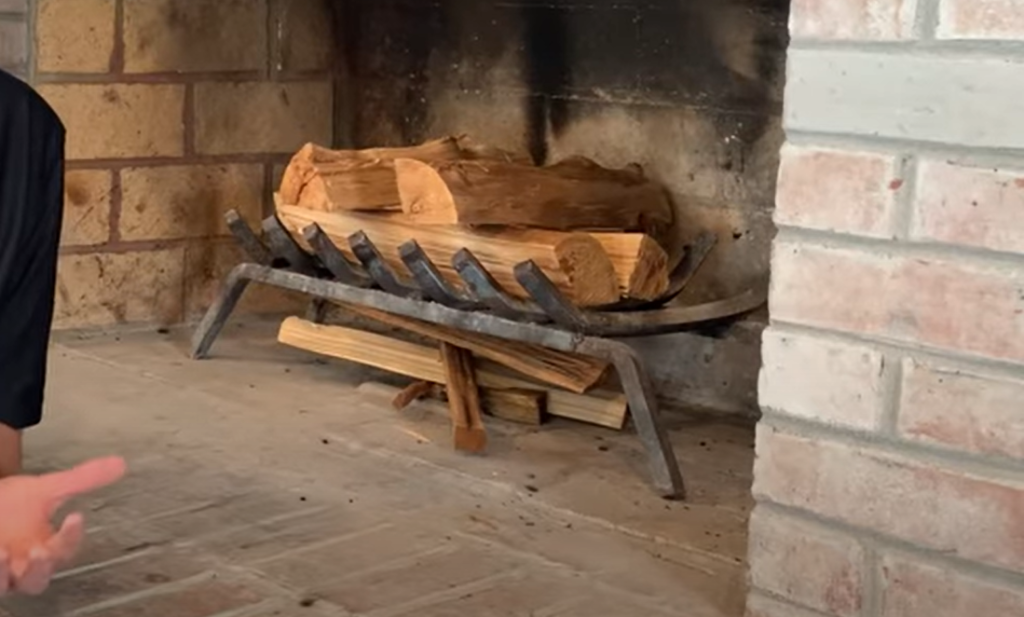
In addition to making sure the chimney is clear, you’ll also want to take some time to prepare the fireplace itself. Begin by removing any ashes from the previous fire, as well as any debris that may have accumulated inside the fireplace. Next, use a brush or vacuum cleaner attachment to clean out the flue – this is the part of the chimney that extends into the fireplace.[2]
Prep the fireplace
The first step is to prep your fireplace. If it’s your first time starting a fire, you’ll want to make sure you have all the necessary supplies on hand. You’ll need a few logs of wood, some kindling, and a way to light the fire. A fireplace poker will also come in handy for stoking the flames later on.
Once you have everything gathered, it’s time to start prepping the fireplace itself. Start by removing any ashes from the previous fire, as these can impede airflow and make it harder to get a new fire going. Next, open up the damper all the way so that smoke can easily escape when lit.
Prepare the damper and flue
The first step is to open the damper and make sure that the flue is clear of any debris. If you have a chimney, you will need to sweep it before starting a fire.
Know where your fire extinguisher and gloves are
In the event that your fire gets out of control, you’ll want to have a fire extinguisher and gloves close by. Having these items within reach will help you put out the fire quickly and safely.
Choosing the best firewood
The best type of wood to burn in your fireplace is hardwood.
The best hardwoods for fireplaces are oak, hickory, ash, and maple. If you can’t find hardwood, softwood will also work but it won’t last as long or produce as much heat.To make sure your wood is dry, split it into smaller pieces and let it sit outside for at least six months before burning it. Wet wood is harder to ignite and produces less heat. You can tell if your wood is dry if it cracks when you bend it or if there’s no moisture on the end where you cut it.
Fireplace Safety and Maintenance
Before starting a fire in your fireplace, it is important to ensure that the area is safe and clean. First, remove any ashes from the previous fire as they can be flammable. Then, check the chimney for blockages or debris that could cause dangerous fumes or fires. Finally, make sure that the area around the fireplace is clear of combustible materials such as paper or furniture.[1]
How to Start a Fire: The Log Cabin Method
If you’re using a fireplace for the first time, the log cabin method is a great way to get started. This method involves building a small structure out of logs that will help support the fire as it burns.
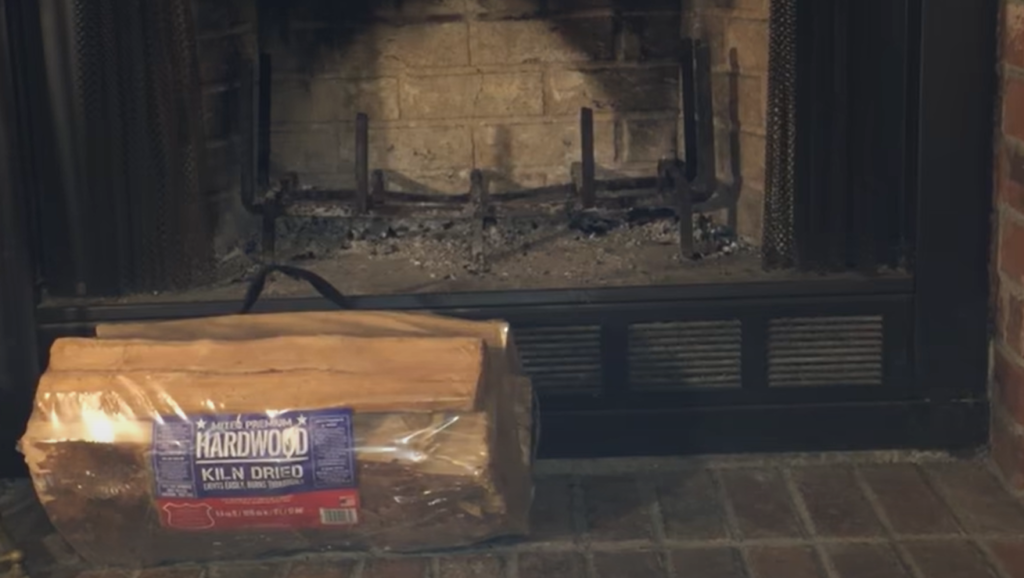
To build a log cabin, start by placing two logs parallel to each other on the hearth. Then, place another log perpendicular to these two logs. Continue adding logs in this manner until you’ve built a small structure that resembles a cabin.
Once your log cabin is built, it’s time to add some tinder. Tinder is material that ignites easily and helps to get the fire going. Some good options for tinder include newspaper, kindling, or even dryer lint.[1]
How to Start a Fire: The Top-Down Method
This is the most common way to start a fire, and it’s also the easiest. All you need is some paper, some kindling, and some logs. You’ll also need a lighter or matches.
To start, arrange your paper in the bottom of the fireplace in a criss-cross pattern. Then, add your kindling on top of the paper.
Once your kindling is in place, use your lighter or matches to ignite the paper. Once the paper starts to burn, add one or two logs to the fire. Don’t add too many at once – you want to make sure that there’s enough oxygen flowing to the fire.[1]
Sit back, relax, and enjoy your fire!
The Best and Worst Fuels for Your Fire
Now that you know how to build a safe and effective fire, it’s time to talk about fuel. What you burn in your fireplace can be just as important as how you build your fire. The best fuels for your fireplace are dry, seasoned hardwoods like oak, maple, or cherry. These woods create long-lasting, hot fires that are perfect for keeping warm on a cold winter’s night.
Softwoods like pine or cedar should be avoided if possible. These woods burn quickly and don’t produce as much heat as hardwoods. They also tend to create more sparks and embers, which can be a safety hazard. If you do choose to burn softwoods in your fireplace, make sure they’re well-seasoned and dry.
Never burn garbage, treated wood, or anything else that isn’t meant to be burned in your fireplace. These materials can release harmful chemicals into the air and create a fire hazard. If you’re not sure if something is safe to burn in your fireplace, err on the side of caution and don’t do it.[1]
Starting a Fire with a Grate
If you have a grate in your fireplace, you’re in luck. Starting a fire with a grate is probably the easiest way to go about it. All you need is some newspaper, some dry kindling, and some logs. Here’s how to do it:
- Start by wadding up some newspaper into balls. You’ll need around three or four balls of newspaper.
- Place the balls of newspaper on the grate in the middle of the fireplace.
- Stack some dry kindling on top of the newspapers. Try to use small pieces of wood so that they catch fire easily.
- Place two or three logs on top of the kindling stack. Make sure that the logs are not too big or too small. If they’re too big, they won’t catch fire easily. If they’re too small, the fire will burn out quickly.
- Light the newspaper balls on fire. Use a long match or a lighter to do this.
- Sit back and enjoy your cozy fire! Make sure to keep an eye on it, though, and add more logs as needed.[3]
Starting a Fire without a Grate
If you don’t have a grate, you can still start a fire in your fireplace. You’ll need some newspaper, some small kindling, and some larger pieces of wood.
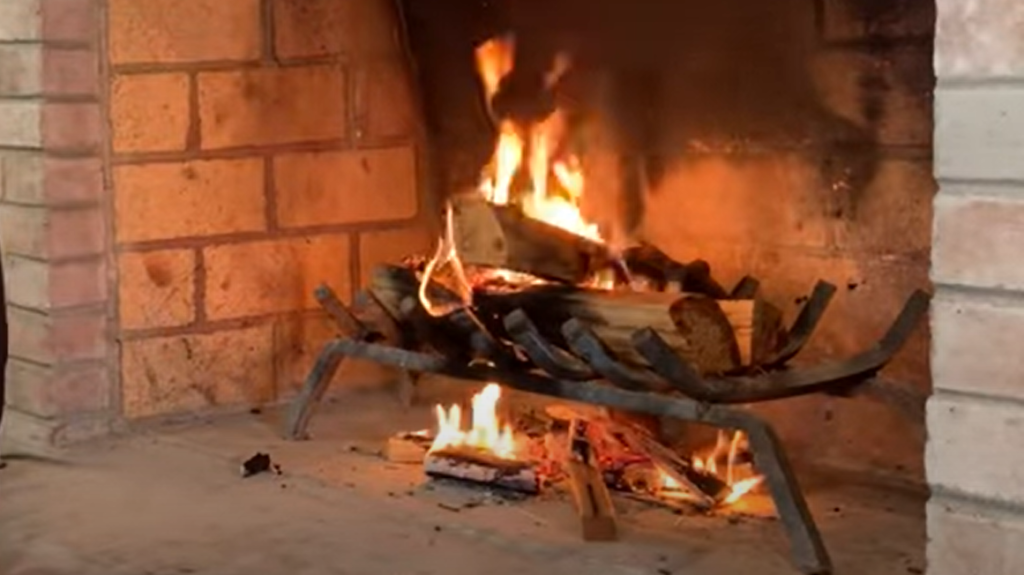
Start by crumpling up the newspaper and placing it in the center of the fireplace. Place the small pieces of kindling on top of the newspaper. Make sure that the kindling is dry and free from any chemicals or oils that could cause it to catch fire too easily. Then, place the larger pieces of wood on top of the kindling, making sure that they’re also dry. Once everything is in place, light the newspaper on fire using a long match or lighter. Once the flames start to catch on to the wood, add more logs as needed.[3]
Control airflow
One of the most important things when it comes to starting a fire is controlling the airflow. If there’s too much air flow, your fire will burn too quickly and produce a lot of smoke. Not enough airflow and your wood will smolder and produce little heat.
To control the airflow, you’ll need to adjust the damper. The damper is located above the firebox and is usually a lever or knob that you can open or close. When you’re starting a fire, you’ll want to make sure that the damper is open about halfway.[4]
Always start fresh
If you’ve been using your fireplace regularly, it’s important to start each fire with fresh wood. Old wood can be full of moisture, which will make it harder to get your fire going and can produce a lot of smoke.
Before you start building your fire, take a few minutes to clean out the ashes from previous fires. This will help ensure that there is plenty of oxygen circulating and that your new fire has room to breathe.[4]
Stacking wood properly
The first thing you need to do when starting a fire in your fireplace is to stack the wood properly. You will need two pieces of wood, one for the base and one for the logs.

The base should be placed on the ground in front of the fireplace. The logs should be placed on top of the base, with the largest log at the bottom and the smallest log at the top.[4]
Fireplace Maintenance: Cleaning and Safety Tips
Maintaining your fireplace is essential for both safety and efficiency. This table outlines various maintenance tasks, safety tips, and the recommended frequency for each task.
| Maintenance Tasks | Safety Tips | Recommended Frequency |
|---|---|---|
| Cleaning the chimney and flue | Keep flammable objects away from the fireplace. Install carbon monoxide and smoke detectors nearby. Ensure proper ventilation to prevent carbon monoxide buildup. | Annually or as needed |
| Inspecting and cleaning the firebox | Keep a fire extinguisher nearby. Use a fireplace screen or door to prevent sparks. Do not overload the firebox with wood. | At the beginning and end of the burning season |
| Checking for cracks or damage in the chimney liner | Clear the area around the fireplace of debris. Ensure the damper is fully open before lighting a fire. Have a professional inspect the fireplace annually. | Annually or as needed |
| Testing and cleaning the damper | Keep children and pets away from the fireplace. Use fire-resistant hearth rugs in front of the fireplace. Do not use accelerants or flammable liquids to start a fire. | At the beginning and end of the burning season |
Explanation of the Table:
This table provides essential fireplace maintenance tasks, safety tips, and the recommended frequency for each task. Regular maintenance and safety precautions are crucial for enjoying a safe and efficient fireplace.
FAQ
How do you start a fire in a brick fireplace?
There are a few things you’ll need in order to get started: wood, kindling, newspaper, and a match. First, you’ll want to gather your materials and bring them into the room where your fireplace is located. If you have a screen for your fireplace, now is the time to put it in place. Once you have everything ready, it’s time to start building your fire.
What is the easiest way to start a fire?
The easiest way to start a fire is with some newspaper, some dry kindling, and a match. If you have a fireplace that’s been used before, there may already be some ashes present. You can use these to your advantage by placing the paper on top of them and then adding the dry kindling on top of that. The ashes will help to get the fire going quickly.
If you don’t have any ashes available, you can create what’s known as a teepee fire. To do this, simply crumple up some newspaper into balls and then place them in the center of the fireplace. Next, take your dry kindling and arrange it around the outside of the teepee in an upright position.
How do you start a fire with wood inside?
If you’re starting a fire with wood inside, the first thing you need to do is gather your materials. You’ll need some newspaper, some small pieces of wood (called kindling), and some larger pieces of wood (called logs). Once you have your materials, it’s time to get started.
The first step is to create a space for your fire. You can do this by crumpling up some newspaper and placing it in the middle of your fireplace. Then, take your kindling and arrange it around the newspaper. Make sure that the kindling is arranged in a way that will allow air to flow through it easily – this will help the fire to catch and spread quickly.
Once your kindling is in place, it’s time to add your logs. Place them on top of the kindling in a way that will allow air to flow around them. Again, this will help the fire to catch and spread quickly.
Once everything is in place, it’s time to light your fire.
How do you start a fire in a fireplace without kindling?
If you don’t have kindling, you can use crumpled up paper or even cardboard. Just make sure that the paper is dry and free of any chemicals. Place the paper in the fireplace and then add some larger pieces of wood on top. Strike a match and hold it to the paper until it ignites. Then sit back and enjoy the fire!
How do you keep a fire going in a fireplace?
There are a few key things you need to do to keep a fire going in a fireplace:
- First, make sure you have a good supply of dry wood. Wet wood will not burn well and will produce a lot of smoke.
- Second, build your fire using small pieces of wood first. Once the fire is going, you can add larger pieces of wood.
- Third, keep the damper open while the fire is burning. This will allow air to circulate and help keep the fire burning.
- Finally, when you’re ready to put the fire out, close the damper to prevent drafts from coming into your home.
What are the essential materials needed to start a fire in a fireplace?
To start a fire in a fireplace, you’ll need firewood (both seasoned and dry), kindling (smaller pieces of wood or newspaper), and a reliable fire starter such as matches, firelighters, or fire starter logs.
What’s the recommended method for stacking firewood in a fireplace to ensure a successful fire start?
To create a successful fire in a fireplace, stack the firewood in a crisscross or log cabin pattern. Leave space between the logs to allow airflow, which helps the fire burn more efficiently. Place kindling and fire starters at the base of the stack.
Can you explain the step-by-step process of lighting a fire in a fireplace using firewood and kindling?
To start a fire using firewood and kindling, first, create a base with crumpled newspaper or small kindling at the center of the fireplace. Add larger kindling pieces on top, forming a teepee shape. Place firewood logs around this structure and light the newspaper or kindling at the base. As the fire grows, it will ignite the larger logs.
What’s the role of draft and airflow in starting a fireplace fire, and how can I optimize it?
Draft and airflow are essential for starting a fireplace fire. Ensure that the damper is open to allow proper ventilation. Additionally, crack a nearby window slightly to create a draft, which helps carry smoke up the chimney and provides oxygen for the fire.
Are there any safety precautions to keep in mind when starting a fire in a fireplace?
Safety is crucial when starting a fire in a fireplace. Make sure the flue or damper is open to allow smoke to escape. Keep flammable items and decorations away from the fireplace, and use a fireplace screen to prevent sparks from escaping. Always have a fire extinguisher nearby.
What do you do if the fire in the fireplace doesn’t start or goes out quickly?
If the fire doesn’t start or goes out quickly, it may be due to insufficient kindling, wet firewood, or poor draft. Ensure you have enough kindling and dry firewood. If the problem persists, troubleshoot by checking the damper, chimney, or ventilation.
How can I extend the life of a fireplace fire and keep it burning steadily?
To extend the life of a fireplace fire, add more firewood and adjust the damper to control the airflow. Use a fireplace poker to move the logs closer together as they burn down. Maintaining a steady supply of dry firewood and keeping the firebox clean also helps maintain a consistent fire.
What are some alternative fire-starting methods for a fireplace, aside from traditional wood and kindling?
Alternative fire-starting methods include using fire starter logs, fire starter sticks, or even compressed sawdust fire starters. These options can help you start a fire more conveniently, especially if you have difficulty finding dry firewood and kindling.
Useful Video: How to Start a Fire in the Fireplace: The EASY WAY
Conclusion
Building a fire in a fireplace is not difficult, but there are a few things you need to do to make sure it burns well. By following the tips above, you’ll be able to keep your fire going all winter long!
Do you have any other tips for building a fire in a fireplace? Share them in the comments below!
References:
- https://www.bobvila.com/articles/how-to-start-a-fire-in-a-fireplace/
- https://www.insider.com/guides/home/how-to-start-a-fire-in-a-fireplace
- https://www.wikihow.life/Light-a-Fire-in-a-Fireplace
- https://www.jotul.co.uk/guides-and-tips/how-fire-your-fireplace/how-light-fire

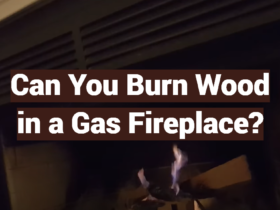
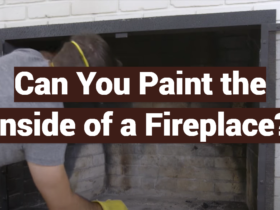
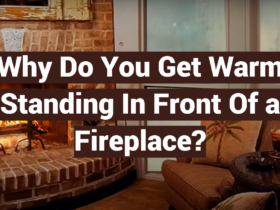
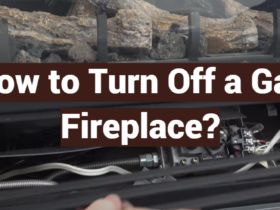
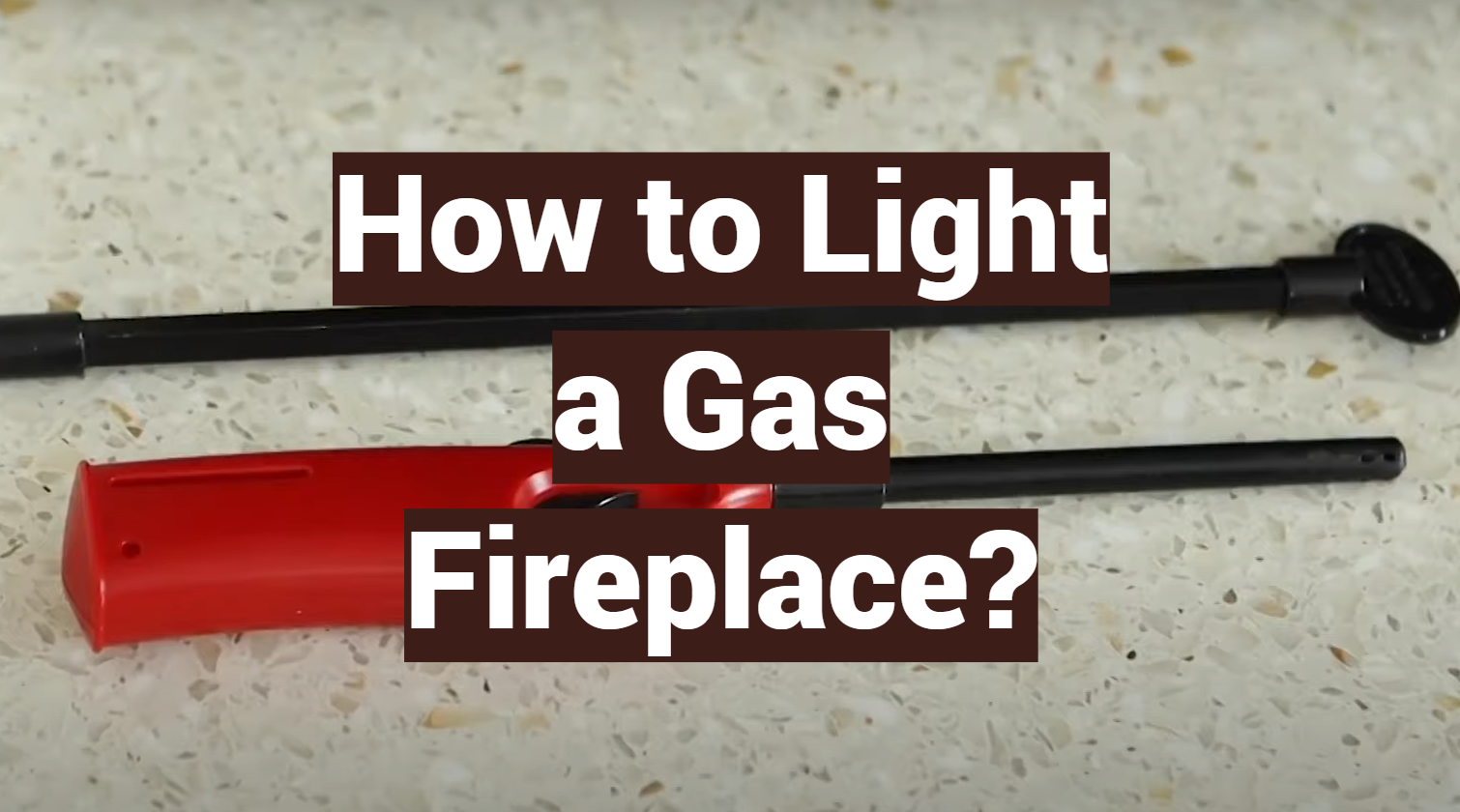

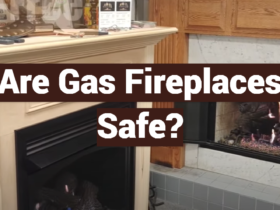

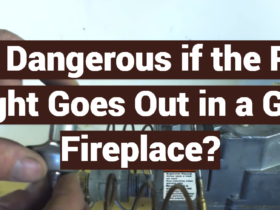
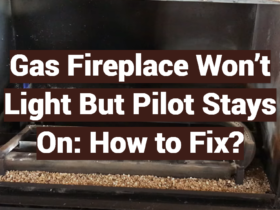



Leave a Review